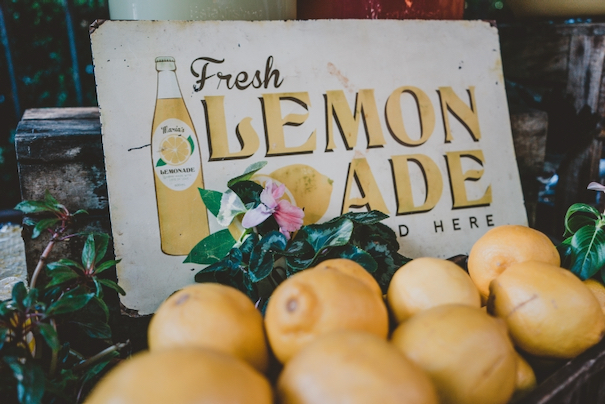Making Your Own Stock Dividends

I started questioning my entire investment strategy. I had built a stock portfolio for growth, and was sure it was a horrible mistake.
I had already quit my day job to live off stocks, but was only getting $3,798 in dividends.
That’s the reason retirees love “income portfolios.” They invest their nest egg in things that generate enough income to fund their retirement. Typically stocks like AT&T or Coca-Cola or whatever that pays a fat dividend.
So, I considered switching my portfolio from growth to income. It certainly would make life simpler, getting those quarterly “paychecks.” But it’d also be an expensive undertaking. I’d need to pay the capital gains tax.
And then a funny thing happened. The more I thought about it, the more I realized something important: I don’t want dividends!
The reason I invest in a business is pretty simple. I think the business can grow, and if the business grows the stock price should move in unison.
How exactly do businesses grow? Well, they can acquire another company (Amazon buying Whole Foods), create a new product line (Apple iPod; iPhone; iPad; Watch), or expand their territory (Netflix from U.S. to 190 countries).
These bets on growth don’t always pan out. For instance, Amazon’s Fire Phone was a $170 million flop. But management only needs to be right more often than wrong. For the winning bets to overshadow the losing ones.
And that’s why I don’t want dividends.
I want management to smartly reinvest 100% of earnings into growing the business and improving the earnings and widening the moat rather than paying me a dividend. (Granted, sometimes earnings can’t be effectively deployed. Hence, stock buybacks and dividends.)
Maybe an example would help?
Okay. Pretend you and I own a lemonade stand that’s worth $10,000. The stand earns 10% per year, or $1,000. We can earn the same 10% on any earnings we reinvest.
There are also some kids in our neighborhood who would love to buy into our stand. (Why work at the stand when the stand can work for you?)
These kids are willing to pay 125% what the stand is worth. You know, projected future earnings. So, the market value of our 50% ownership stake is $6,250 ($10,000 x 125% and $12,500 / 2).
I’m thinking the stand should pay each of us 25% of earnings. The remaining 75% we’ll reinvest into growing.
Sound good?
So, in the first year the stand earns $1,000. We each get a dividend of $125 ($1,000 x 25% and $250 / 2). The stand keeps and reinvests $750.
In 10 years time the stand will be worth $20,610 (the original $10,000 compounding at 7.5%), and we’ll each be getting a $258 dividend.
But here’s the question: What if we had decided to reinvest 100% of earnings?
We’ll lose our $125 dividend. But remember, we can sell part of our ownership stake to those kids. And if we each sell just 2% it creates the same initial $125 “dividend” ($6,250 x 2%).
Are you still with me?
After 10 years the stand will be worth $25,937 ($10,000 compounding at 10%). But since we’ve been selling 2% of our stand every year we now own just 40.85%.
That’s bad, right?
Well, in that first scenario, we each collected $2,026 in dividends, and our 50% ownership stake is valued at $12,881 ($20,610 x 125% and $25,762 / 2).
That totals $14,907 ($2,026 + $12,881).
In that second scenario, we sold 2% of our ownership stake each year and collected $2,059 in “dividends”, and our stake is valued at $13,244 ($25,937 x 125% and $34,421 x 40.85%).
That totals $15,303 ($2,059 + $13,244).
So, making your own dividends was better. We got more cash to spend plus our ownership stake is worth more, even though we own less.
I hope that exercise wasn’t too painful, but I think it’s helpful to show what can happen when 100% of earnings are reinvested into a business.
And really, our lemonade stand isn’t that much different than a business in the S&P 500. Here, the argument grows stronger, because the S&P 500 earns way more than 10% per year and sells at prices higher than 125%.
All this doesn’t change the fact retirees love income portfolios.
My guess is that it’s mostly psychological. That when you get a dividend you never feel bad about spending it, because you never touch your principal.
And then you insist that every stock you own pay a dividend, because a stock that doesn’t pay a dividend means less money to spend.
On the other hand, selling shares to make your own dividend means making decisions.
“What stock do I sell?”
“What if the market is down?”
“When should I sell?”
“What if the stock goes up?”
It’s very easy to make a regrettable decision. So, dividends.
But I’m not trying to convince anyone who’s building an income portfolio to abandon their strategy. I’m just telling you why dividends are a small part of my investing, and why.
